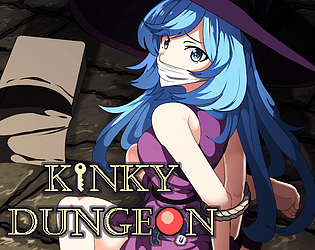Thank you, I will add a check to try to assist with this
Ada18980
266
Posts
10
Topics
5,611
Followers
4
Following
A member registered Feb 19, 2022 · View creator page →
Creator of
Recent community posts
Kinky Dungeon community » Bug Reports · Replied to Takinapeek11 in Softlock with Draconic Lair quests
Kinky Dungeon community » Bug Reports · Posted in Clothes/items confiscation event usually doesn't trigger when captured.
Kinky Dungeon community » Bug Reports · Replied to FunnusFungus in Softlock with Draconic Lair quests
It was made by a user on the discord :) https://discord.com/channels/938203644023685181/1003091658377793546/1324796741249269802
Kinky Dungeon community » Help · Replied to Bamboo-Hatted Kim in Question about the character creator
At the moment the main ways to ignore them are to use class abilities (e.g. akashic conflux) or scrolls.
For the discord, what country and platform are you on? The discord is nsfw and so if you are on an apple device you may have yo join on a PC first. Because apple doesnt want adults doing adult things :)


